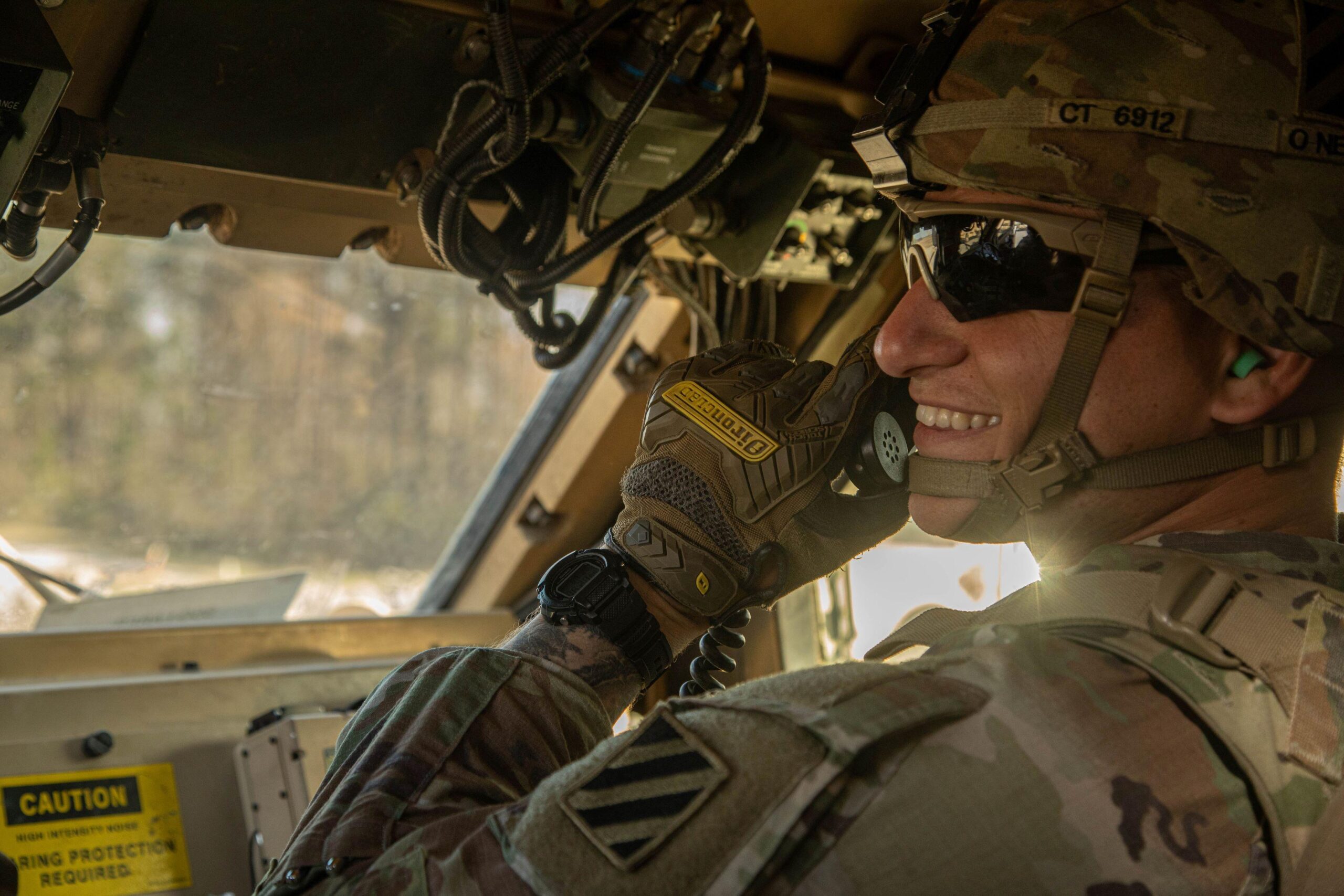Two U.S. Army soldiers recently used skills learned at the Naval Aviation School for Additive Manufacturing (NASAM) to produce critical parts during deployment. Specialists James Martin and Harry Vo from the 10th Mountain Division’s Allied Trades Team designed and 3D printed a mounting bracket for a Starshield communications system on mine-resistant ambush protected vehicles. The solution addressed limitations experienced by Task Force Wolverine during Operation Inherent Resolve.

The custom bracket provided proper antenna positioning while maintaining full functionality of the vehicle’s emergency hatch and turret. Martin and Vo produced the prototype using acrylonitrile styrene acrylate, a polymer known for durability and resistance to UV and heat. Their manufacturing solution reduced both production time and costs compared to traditional methods.
“This successful cross-service training demonstrates how AM capabilities can provide immediate solutions to operational challenges across the Department of Defense,” said Theodore Gronda, NAVAIR’s AM program manager. “When supply chains can’t deliver, AM delivers.”
While NASAM primarily serves Navy and Marine Corps personnel, it occasionally accepts students from other military branches. The six-week program is hosted by the Institute for Advanced Learning and Research in Danville, Virginia. Training focuses on equipping maintenance personnel with skills to produce parts on site when supply chains cannot meet needs.
NASAM launched with an initial cohort of 12 students in February 2024 and continues to train military personnel in additive manufacturing technologies. According to Captain Alexander Peabody, senior fleet liaison for NAVAIR AM, the program aims to improve operational readiness by providing solutions to supply chain disruptions even during peacetime.
Source: navair.navy.mil

